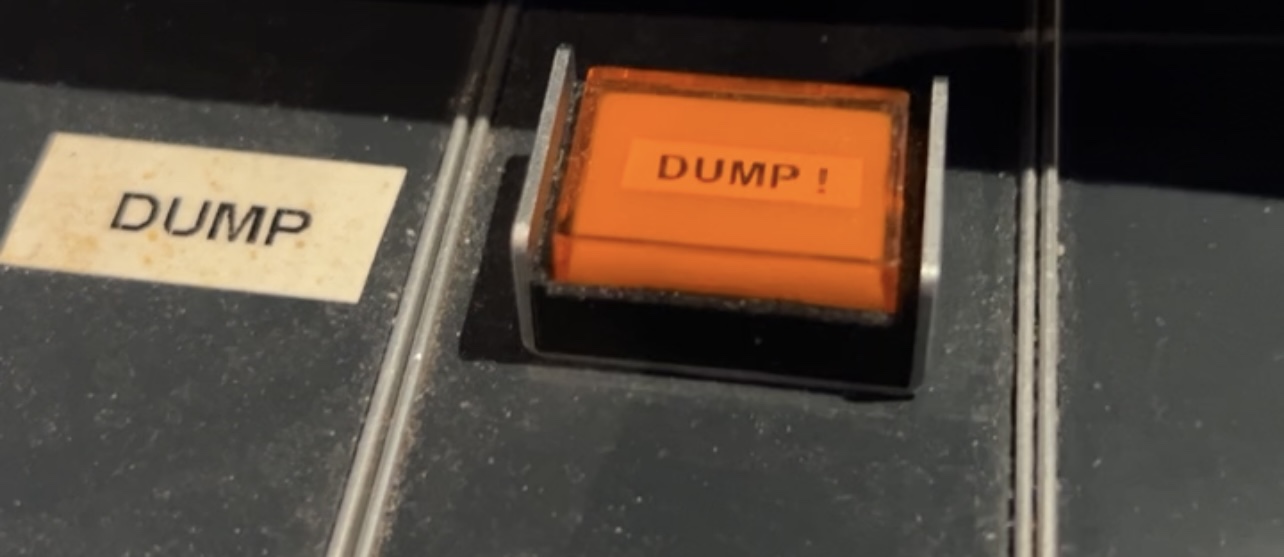So what is it?
A dump button is a common site in most radio stations, it allows a radio announcer or staff member to dump or stop a section of broadcast from reaching the listener.
It works by building a delay between what is happening in the studio and what the listener hears. Sometimes called a ‘seven second delay,’ it gets its name from delaying the broadcast audio by seven seconds.
A physical appliance sits in the station’s rack room, and is part of the station’s air-chain. – so the delay unit sits beyond the studio, but before reaching the transmitter site!
Some units may be positioned in the studio, in a rack and easily accessible via the announcer, or they may be remotely triggered by a button on the studio console.
Blocking Profanity
Radio stations which incorporate guests, or listeners to participate via a phone call usually operate on a delay. This allows the broadcaster to engage with the public in a safe way. If a listener says something inappropriate or swears on air, the broadcaster can prevent that section reaching the public by hitting the dump button, which in turn dumps the predetermined length of air.
Time Shifting Markets
Some broadcasters may distribute programming over multiple time zones, and a delay can be used to align programming to prime-time slots, so for example a drive program airs across multiple time zones at 3PM in the afternoon.
Southern Cross Austero, or ‘SCA,’ implemented delays as part of it’s SCASAT as part of its transformation. Although in this case they developed a way to delay the broadcast at the encoder, without the need for a dedicated delay appliance. (Very smart)
Talkback Radio
Talkback radio is a genre of radio powered by the listener, it invites listeners to call in and speak what’s on their mind, or comment on current news and events mentioned by the jock on air.
A delay in this type of station is essential, as most calls are going to air live as they are being taken by the host at the station. There will be no editing of the call as it goes to air, and anyone is free to call in and participate.
Callers are usually screened only briefly before being put on air, so a delay is essential for this type of radio station.




